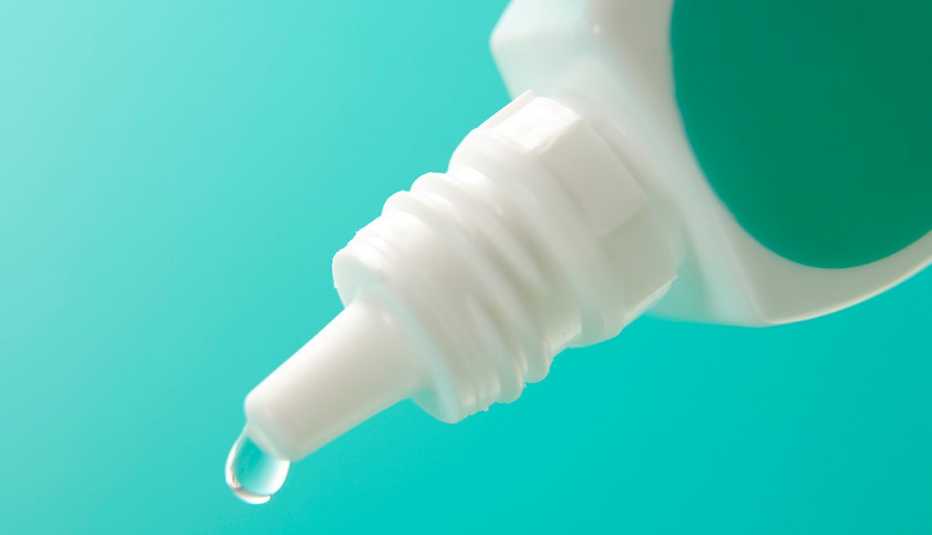Staying Fit


As we age, our risk of developing eye conditions such as glaucoma, cataracts and dry eyes increases. As a result, our reliance on eye drops also spikes.
Several eye drop brands, including EzriCare, Pharmedica and Apotex, have been recalled in recent months due to contamination concerns that pose the risk of blindness. Most recently, the Food and Drug Administration (FDA) issued a consumer safety warning about amniotic fluid eye drops on the market that were never approved for sale.


AARP Membership— $12 for your first year when you sign up for Automatic Renewal
Get instant access to members-only products and hundreds of discounts, a free second membership, and a subscription to AARP the Magazine.
The most concerning of the recalls are those linked to EzriCare eye drops, which have been contaminated with pseudomonas, a virulent bacteria that is resistant to many types of antibiotics, says Daniel Laroche, M.D., an ophthalmologist, director of glaucoma services and president of Advanced Eyecare of New York.
“You have to have a combination of multiple classes of antibiotics to try and treat this,” he says. “It is very aggressive, unlike basic bacterial conjunctivitis that you can get away with coming in [for a doctor visit] a day or two late and it does respond to antibiotics.”
In contrast, pseudomonas can cause a severe infection that can scar the cornea within hours, spread to the inside of the eye in as little as 24 hours, and then penetrate the blood vessels to cause a systemic bodily infection that can result in death. Four people have died because of infections from EzriCare drops.
Even if you aren’t in danger from one of the recalled eye drops, using drops the wrong ways can be harmful to your eyes and increase your risk of infections. Nearly 1 million doctor visits are made each year in the United States for eye infections, including 58,000 emergency room visits, the Centers for Disease Control and Prevention estimates.
To use eye drops safely and effectively, Laroche highlights these mistakes to be avoided.
1. Using eye drops manufactured outside of the United States
Eye drops made outside the United States may not meet the same safety standards as products made domestically, Laroche says.
An FDA inspection of EzriCare’s manufacturing plant in India found a number of sanitary and quality assurance violations, including a “black, brown colored greasy deposit” on a bowl used to transfer bottles and “deficient” processing areas for cleaning and disinfecting the room.
Before using a product, check with the FDA to find out if it is recalled or has a safety alert. Then, inspect the bottle’s packaging to make sure it has not been opened or tampered with and does not appear to be contaminated.
2. Not washing your hands before and after using eye drops
Bacteria can be found on our hands and eyelashes, and can spread from there to our eyes. To reduce the bacterial count, wash your hands often with soap and water and use a warm washcloth to clean your eyelashes.



































































More From AARP
4 Types of Eye Drops and How to Use Them Safely
These can help with dryness, redness, allergies and irritation
6 Best Vitamins for Eye Health
Find out which nutrients are essential for protecting vision
The 10 Best Superfoods for Your Eyes
Protect your vision with these nutritious (and delicious) foods